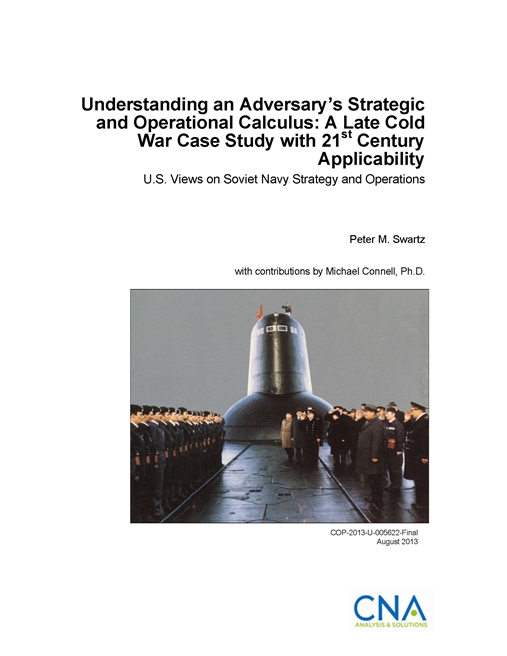It is difficult to understand the strategic and operational calculus of 21st century adversaries(e.g.: Iran). We can, however, gain insights that will help us understand that calculus by examining similar cases from the past.
One such case is the evolution in the U.S. understanding of the Soviet Union’s strategic and operational calculus regarding the wartime employment of its navy, during the last half of the Cold War. In this case, civilians supporting the U.S. Navy in the 1970s analyzed a wide range of Soviet doctrinal publications and came to firm conclusions as to what the Soviet Union’s strategic and operational priorities and choices would be in the event of war and naval operations against the West. These conclusions were long discounted by the U.S. naval intelligence community and U.S. Navy operators until they were eventually corroborated by other credible but extremely sensitive sources, in a series of dramatic intelligence breakthroughs in the late 1970s.
As a result of this new, drastically improved, but very different understanding of the Soviet naval strategic and operational calculus, U.S. and allied naval plans and priorities at the strategic and operational levels of war were re-tooled.
This paper examines that case study, and then draws a series of conclusions, observations, and recommendations from that examination:
- On understanding the adversary
- On using sources
- On integration
- On analysis and war gaming
- On impediments
- On change
- On exploitation
- On applicability to 21st-century Iran.
Cleared for public release, distribution unlimited.
Details
- Pages: 64
- Document Number: COP-2013-U-005622-Final
- Publication Date: 8/8/2013
